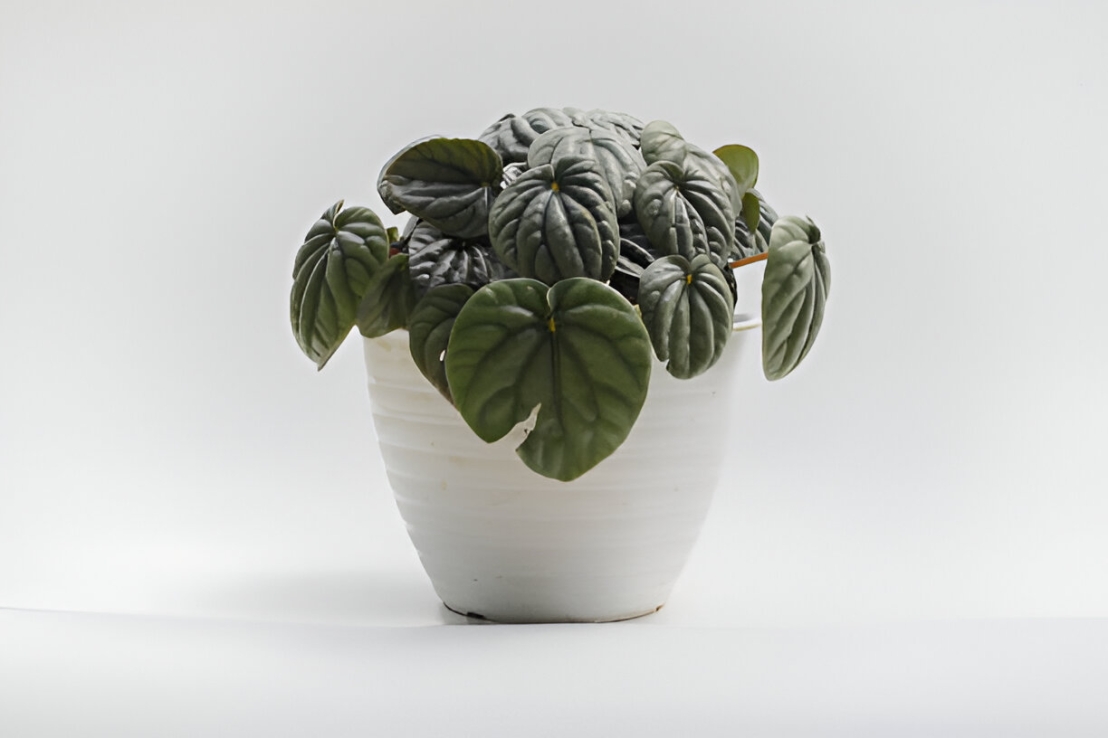The Ultimate Guide to Peperomia Caperata (Emerald Ripple Peperomia)

Scientific Name & Classification
- Kingdom: Plantae
- Phylum: Tracheophytes
- Order: Alismatales
- Family: Piperaceae
- Genus: Peperomia
- Species: Peperomia caperata
Morphological Characteristics
Leaves & Growth
The Peperomia caperata's leaves are its most striking feature, featuring a rippled, glossy texture with a heart-shaped structure. The leaves appear in various shades, including deep green, burgundy, and purple.
- Leaf Shape: Heart-shaped
- Leaf Size: 1 to 3 inches (2.5 - 7.5 cm)
- Leaf Texture: Glossy and deeply wrinkled
- Leaf Color: Dark green, purple, burgundy, and variegated shades
Plant Size
- Height: 6 - 8 inches (15 - 20 cm)
- Width: 6 - 24 inches (15 - 60 cm)
This plant has a compact and slow-growing nature, making it ideal for desks, tabletops, or hanging baskets.
Habitat & Distribution
The Peperomia caperata originates from the tropical rainforests of Brazil, where it thrives under the dense shade of larger trees. Thanks to its adaptability to moderate humidity and low-to-medium light conditions, it has become one of the most common indoor plants worldwide.
Peperomia Caperata Care Guide
Lighting Requirements
✅ Ideal Light: Medium, indirect light, such as sunlight filtered through a sheer curtain.
❌ Avoid:
- Direct sunlight, which can cause leaf burn.
- Complete darkness, which may lead to poor growth.
Although this plant can tolerate low light, it thrives best in moderate lighting conditions.
Soil & Watering
✅ Ideal Soil: A well-draining, airy soil mix that prevents waterlogging.
✔ Recommended Soil Mix:
- 1 part potting soil (provides nutrients)
- 1 part perlite (improves aeration)
- 1 part sand or orchid bark (enhances drainage)
✅ Watering Frequency:
- Spring & Summer: When the topsoil dries out (about once a week).
- Fall & Winter: Every 10 - 14 days, as the plant enters a dormant phase.
? Signs of Overwatering: Yellowing leaves and root rot.
? Signs of Underwatering: Wilting leaves and curled edges.
Temperature & Humidity
? Ideal Temperature Range: 65 - 79°F (18 - 26°C)
❄ Lowest Tolerable Temperature: 60°F (15°C)
? Humidity Requirements:
✔ Moderate to low humidity (prefers 40 - 50% humidity).
✔ Using a humidifier in dry environments can help maintain healthy foliage.
Propagation Methods
The Peperomia caperata is easy to propagate using either leaf cuttings or stem tip cuttings.
Propagation Steps:
1️⃣ Leaf Cuttings:
- Cut a healthy leaf along with a small portion of the stem.
- Place it in clean water or moist soil.
- Roots develop in 2 - 4 weeks.
2️⃣ Stem Cuttings:
- Take a stem cutting 2 - 3 inches (5 - 7 cm) long.
- Dip it in rooting hormone (optional).
- Plant it in well-draining soil and keep the soil slightly moist.
⏳ Rooting Time: 2 - 6 weeks.
Common Problems & Pests
? Common Pests:
- Mealybugs
- Spider mites
- Whiteflies
? Prevention & Treatment:
✔ Wipe leaves with a damp cloth and mild soap.
✔ Apply neem oil or natural insecticide if infestations persist.
? Common Diseases:
- Root rot due to excessive watering.
- Leaf spot caused by fungal infections or high humidity.
✔ Solution: Allow the soil to dry between watering and improve air circulation.
Uses of Peperomia Caperata
? As a Houseplant: Ideal for offices, homes, and spaces with moderate light.
? As a Hanging Plant: Looks beautiful in hanging baskets.
? As Ground Cover (in tropical climates): Can be planted outdoors in warm regions.
Is Peperomia Caperata Toxic?
✅ Non-toxic to cats, dogs, and horses, making it pet-friendly for indoor spaces.

Comments : 0